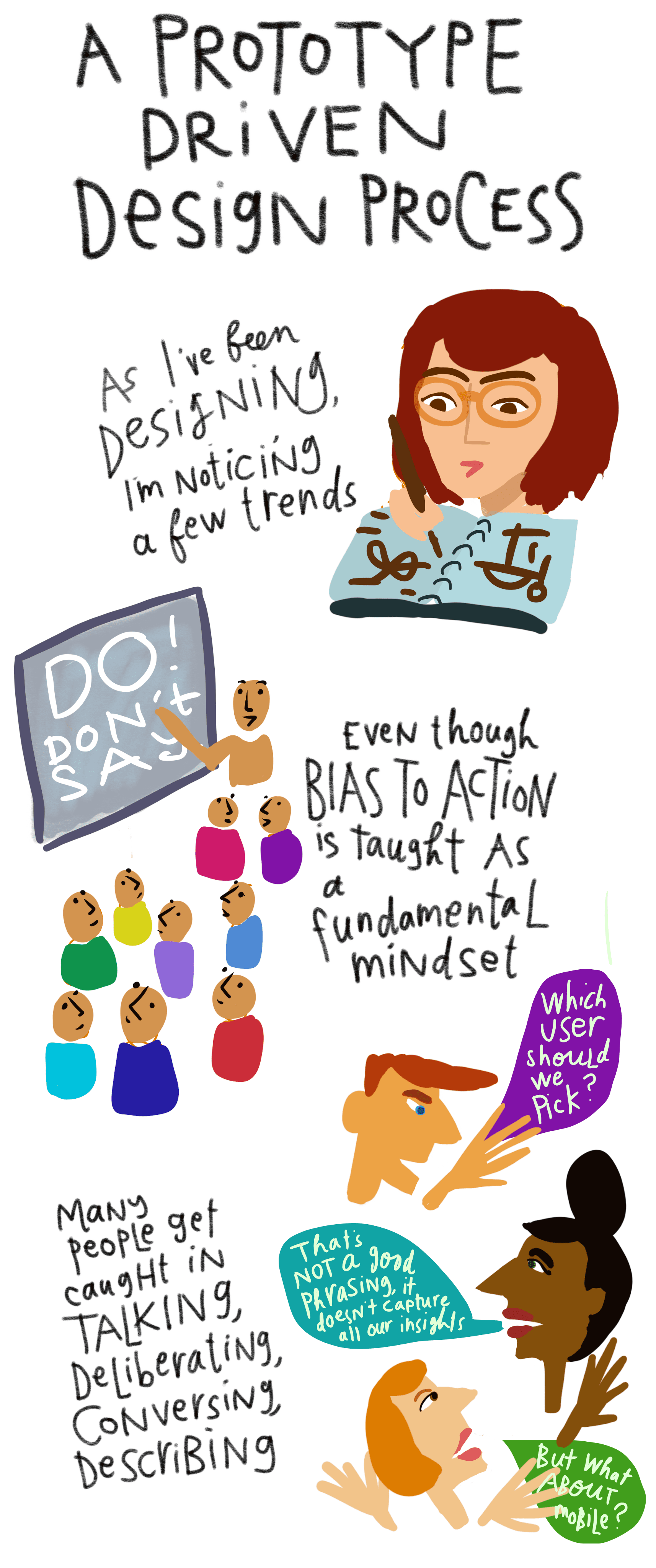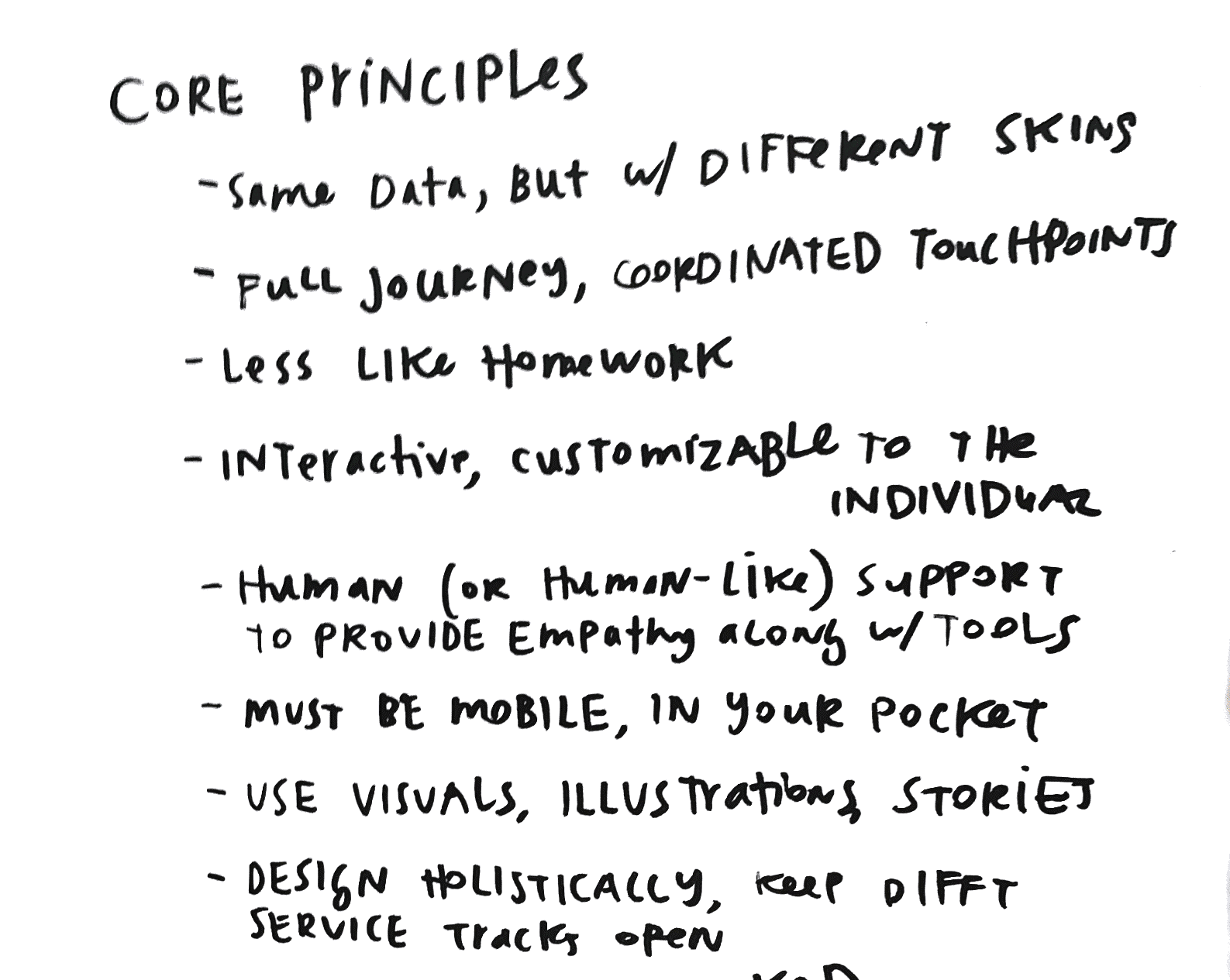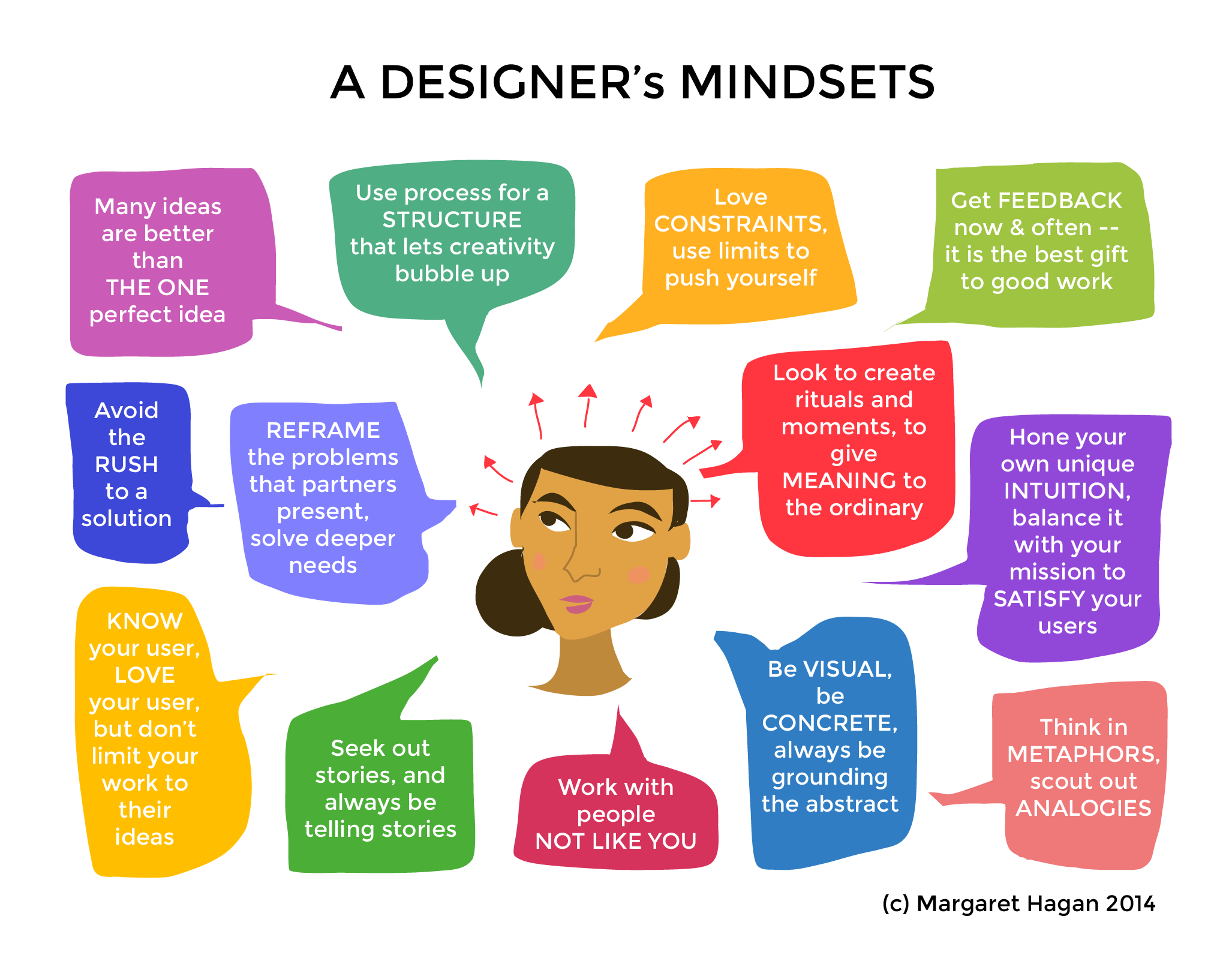One of the main points of resistance for lawyers in the design process is getting from talk to action. It’s too easy to start off with best intentions, but then get stuck in discussions, mapping, and brainstorming — without moving to making.

This is a real challenge if your interest (like mine) is not just teaching design, but in implementing solutions and testing them in the fields.
My challenge has been how to flip lawyers from Talking to Doing. How do we get people who have been trained as advisors, analyzers, and presenters to move out of those territories? To talk less and build more? To get people confident enough to draw, build, and act — when this feels risky and uncomfortable.
This isn’t just about lawyers either. In d.school classes, I observed this phenomenon with business school students and social scientists as well. For students who are Idea-People, who are itching to build things, they get frustrated when the team gets stuck in deliberating and hypothesizing. The feeling is that these discussions are just delaying the design work — with people who aren’t comfortable as ‘builders’ staying where they are comfortable (talking, analyzing, and researching).

Leading the process with a prototype might feel presumptive. It might seem to violate a cardinal design principle, that you shouldn’t rush to solutions or even define the problem before talking to a range of stakeholders.
But if the prototype is used as an empathy-tool, and the team has a range of them to test against each other, they can be very effective. For example, a team might take the literature around the challenge area, see what experts propose as solutions, and then make quick prototypes of these ideas. They can take them to their interviews and field research — using the sketchy prototypes to get conversations started and to a deeper level.
The design team can also capture their own instincts about ‘solutions’ in prototypes too, so their hypotheses are taken out of group deliberations and put to the test. You’ll see how stakeholders react to, interact with, or ignore your prototypes — rather than just talk about it in the lab.
Prototyping then becomes part of the conversation, as a constant question-and-answer. The more concepts built out and put into the field with stakeholders, the more ideas you’ll have.




